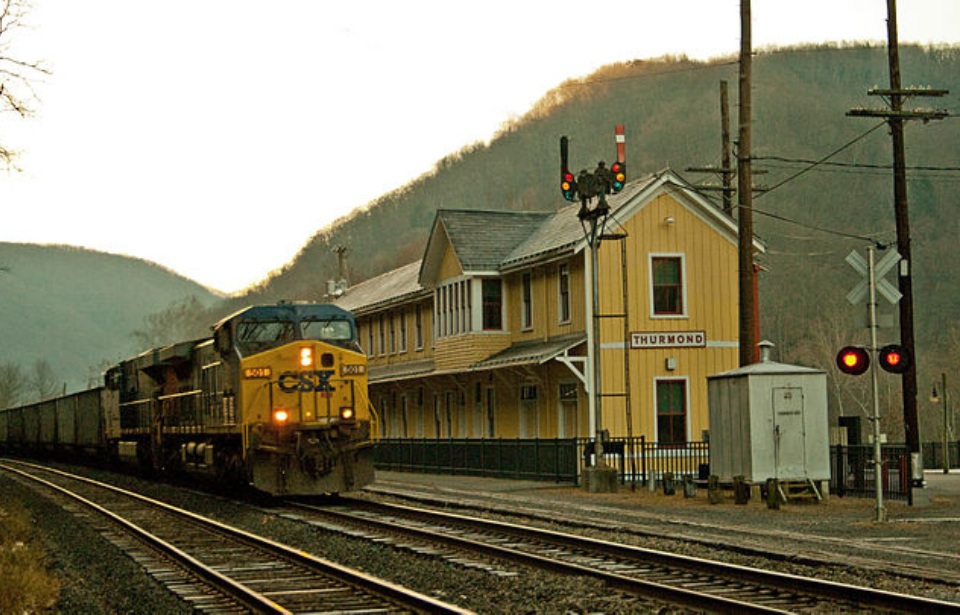Nestled in the rugged mountains of West Virginia is the ghost town of Thurmond, a former boomtown that’s been left almost fully deserted by technological advances and the impact of the Great Depression. Today, Thurmond is home to just five residents, with its historic railway station served by Amtrak a mere three times each week.
W.D. Thurmond was granted 73 acres of land
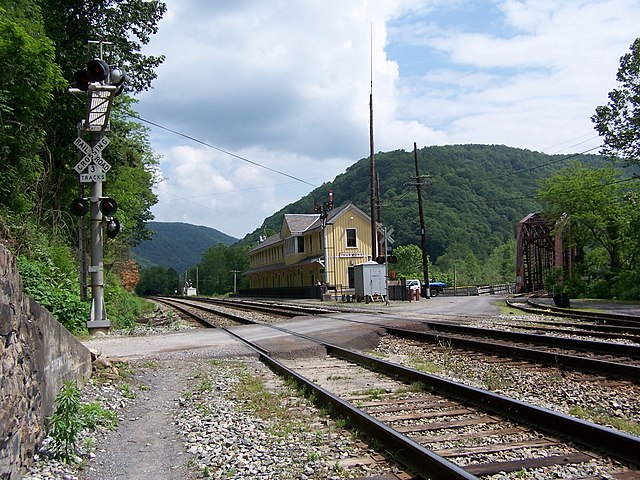
Thurmond’s story began in 1873, when Confederate Army veteran Capt. W.D. Thurmond was given 73 acres along the mainline of the Chesapeake & Ohio Railway. The opening of a post office some 15 years later marked the beginning of a small settlement, and the town continued to grow with the construction of a bridge over Dunlop Creek in 1892 and the addition of a railway station.
Incorporated in the early 1900s
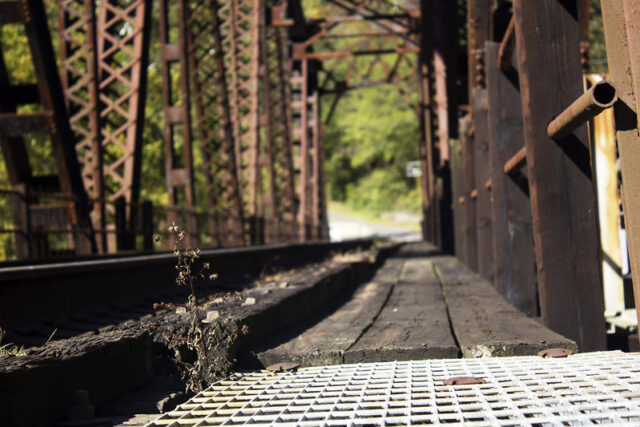
Incorporated in 1900, Thurmond quickly became the heart of the New River Gorge. The town’s railway facilitated the transport of coal and, together with a thriving timber industry, fueled Thurmond’s continued growth.
Thurmond becomes a thriving boomtown
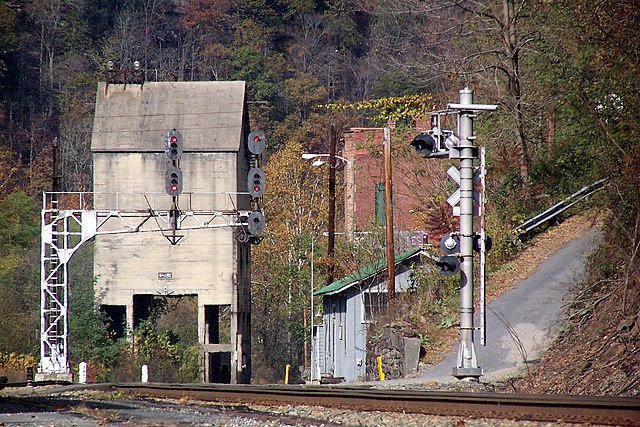
In the early 1900s, Thurmond was a bustling boomtown. By 1910, it’d become the hub of the Chesapeake & Ohio Railway, generating $4.8 million in freight revenue. This made Thurmond’s banks some of the wealthiest in West Virginia.
Accessible by only railroad
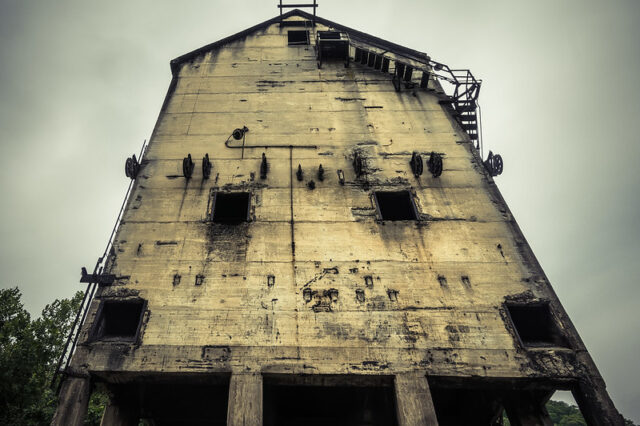
Until 1921, Thurmond was accessible only by rail. Each day, 15 passenger trains stopped in town, with the depot serving 95,000 travelers annually. Coal shipments also rolled out of Thurmond daily, carrying the energy of New River Smokeless Coal from the mountains of West Virginia to destinations across the United States.
The rail yard in Thurmond was bustling, complete with a passenger depot, turntable, engine house, coal and sand towers, and a water tank. Residential buildings followed standardized designs, with three or four styles reflecting the various roles within the railroad hierarchy.
How big was Thurmond at its peak?
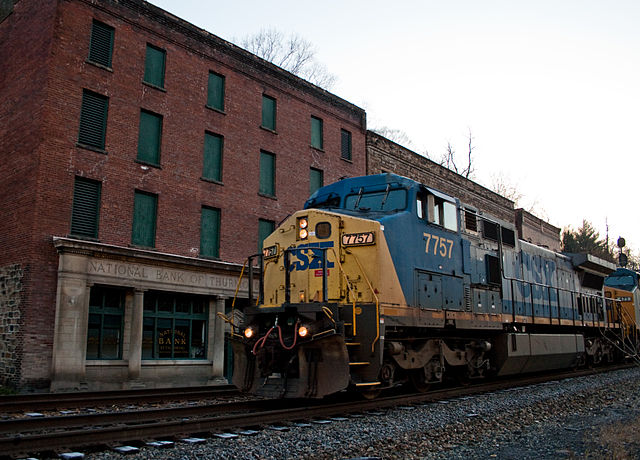
At its height, Thurmond was home to 500 residents and a host of small businesses, including two hotels, restaurants, two banks, clothing shops, a jewelry store, multiple dry goods stores, business offices, a meat-packing plant and even a movie theater.
Thurmond during the Prohibition era
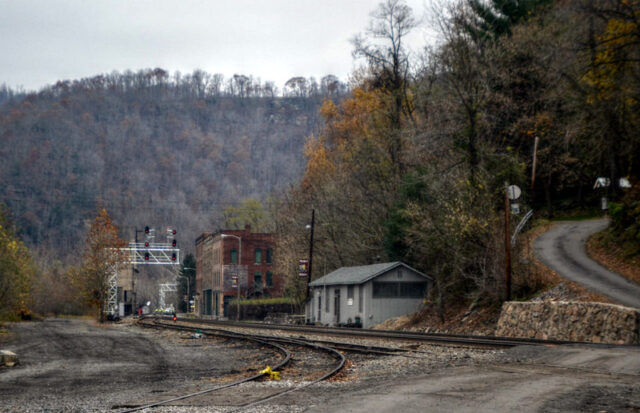
Reflecting the prohibition attitudes of the time, Thurmond prohibited alcohol consumption within town limits. Just outside of its boundaries, however, the Dun Glen Hotel became the settlement’s red-light district and was famously home to the world’s longest poker game, which reportedly ran for 14 years.
Decline during the Great Depression
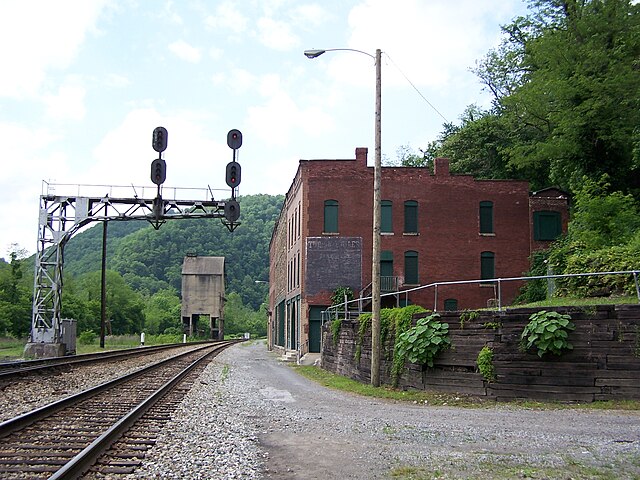
Thurmond’s decline was caused by multiple factors, beginning with the Great Depression, which led to the closure of the National Bank in 1931. Four years later, the New River Bank relocated to Oak Hill. The town also lost its meat-packing plant in 1932 and its telephone district office in ’38.
A year before the National Bank’s closure, the Dun Glen Hotel was lost to a fire, marking the first of two significant blazes to strike Thurmond. In 1963, the meat-packing plant also went up in flames.
Societal shift toward automobiles and diesel locomotives
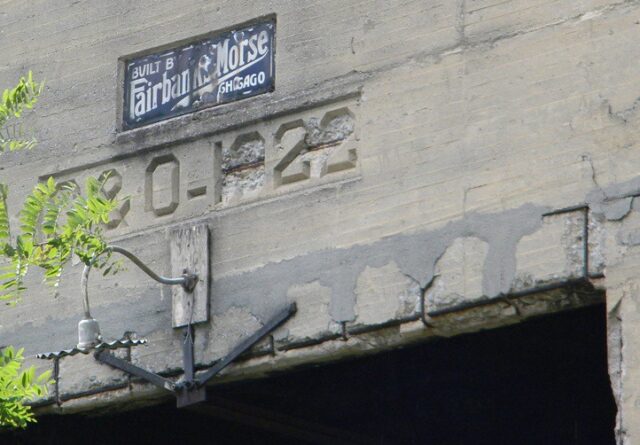
In addition to its economic struggles, Thurmond faced challenges from the rise of diesel locomotives and the growing popularity of automobiles. By the mid-1930s, improved roads encouraged more people to travel by car and, by the ’40s, the Chesapeake & Ohio Railway had transitioned to diesel. With Thurmond’s infrastructure designed for steam engines, its facilities and jobs soon became obsolete.
Businesses in town closed their doors, and residents relocated to neighboring communities.
Thurmond becomes a ghost town
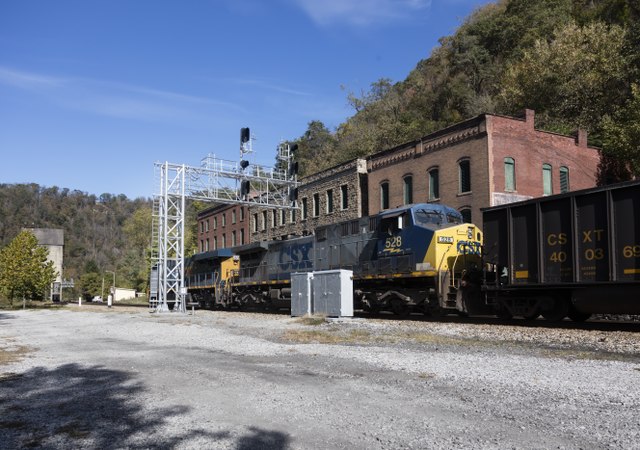
Thurmond had become nearly a ghost town by the 1950s, yet efforts were made to attract tourists.
In the 1960s, Wildwater Unlimited, a commercial rafting company on the New River, set up operations there. The construction of the New River Gorge Bridge in 1977 further improved access, making it easier for visitors to reach the once-isolated town.
Listed on the National Register of Historic Places
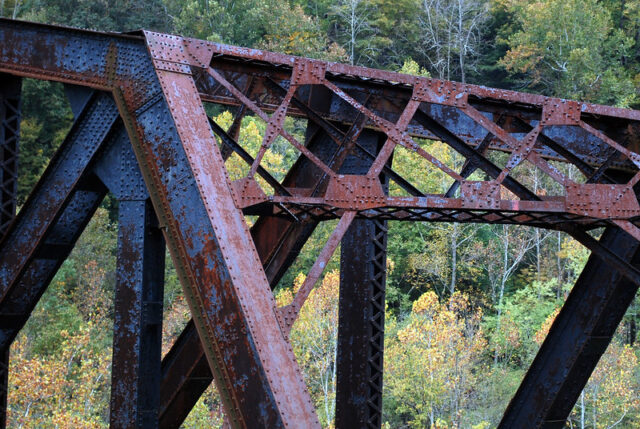
Today, Thurmond is managed by the National Park Service (NPS), which has since designated it a historic district on the National Register of Historic Places. In 1995, the NPS restored the railroad station and turned it into a visitor center. Around 20 buildings still stand, including the National Bank, the Lafayette Hotel and other commercial structures.
In 2003, the NPS launched a stabilization program to repair and preserve Thurmond’s remaining buildings. This effort included enhancing drainage, clearing overgrown vegetation, installing metal roofs and gutters, conducting exterior restoration, removing unsafe porches and additions, and adding window louvers to improve interior ventilation.
Restorations by the Boy Scouts of America
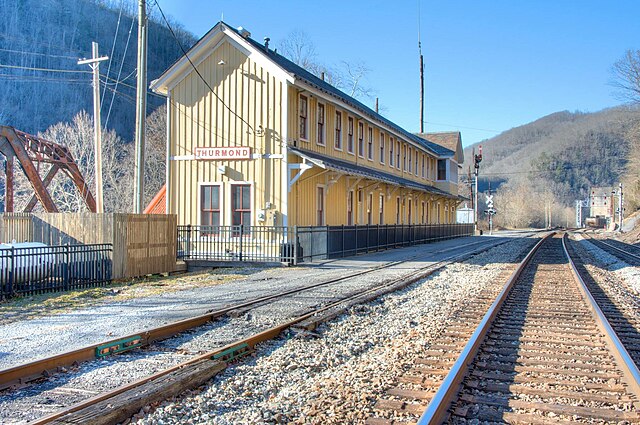
The Boy Scouts of America restored Thurmond’s sidewalk, setting it with commemorative bricks that recount the town’s history of growth and decline. The final brick bears a “thank you” message in appreciation of the Scouts’ contribution.
How many people still live in Thurmond?
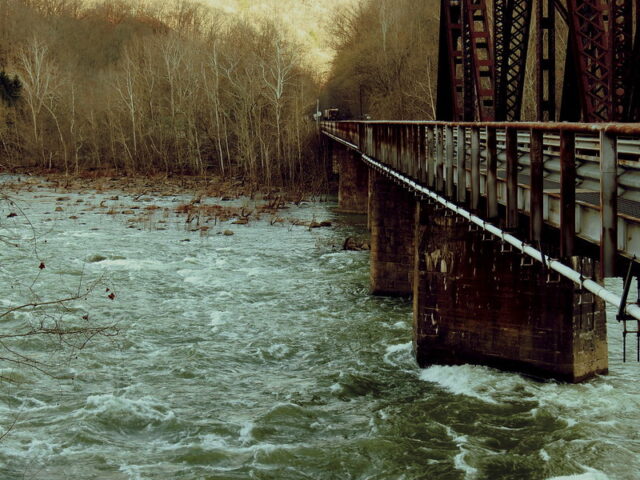
As of the 2010 census, Thurmond has five residents: three council members, a mayor and a town recorder. However, some sources say that just four people live there presently.
More from us: Kiribati: The Only Country in the World to Be Located in All Four Hemispheres
Want to become a trivia master? Sign up for our Today In History newsletter!
While no businesses operate on the main street, the rail station’s active, with Amtrak making three weekly stops on a “request-a-stop” basis. That being said, as of 2024, it’s unstaffed, due to the lack of patrons who frequent it.
